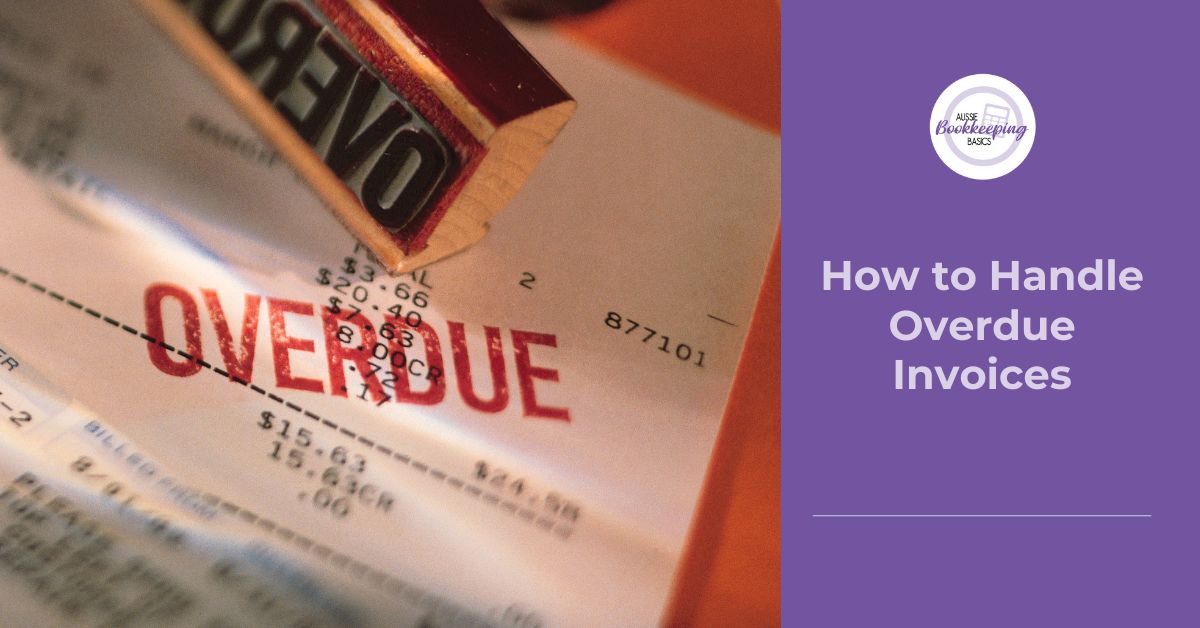Managing overdue invoices can be a tricky part of running a business. It’s important to address them promptly to maintain cash flow and good client relationships. Here are some strategies to help you handle overdue invoices effectively.
Clear Payment Terms
Reminders Prior to Due Date
Next, send reminders as the due date approaches. A friendly reminder a few days before the invoice is due can prompt clients to pay on time. These can easily be automated using your chosen accounting system (if using software). If the payment is late, follow up immediately with a polite email or phone call.
Offer Payment Plans
Consider offering payment plans for large amounts, for clients who are struggling financially. This shows flexibility and can help you recover the funds over time. Always document any agreements made, in writing (emails are great or a note in your calendar) for future reference.
Escalate Sparingly
If the invoice remains unpaid, you may need to escalate the situation. This could involve sending a formal demand letter or engaging a collections agency. However, use these options as a last resort to avoid damaging client relationships.
Review Your Invoicing Process
Finally, review your invoicing process regularly. Look for patterns in late payments and adjust your approach as needed. This might involve stricter terms for offering payment plans or credit, or altering payment terms for certain clients.
For more detailed guidance on managing your business finances, check out my Aussie Bookkeeping Basics course. It’s designed to help small business owners like you keep their books in order and tackle financial challenges with confidence.




